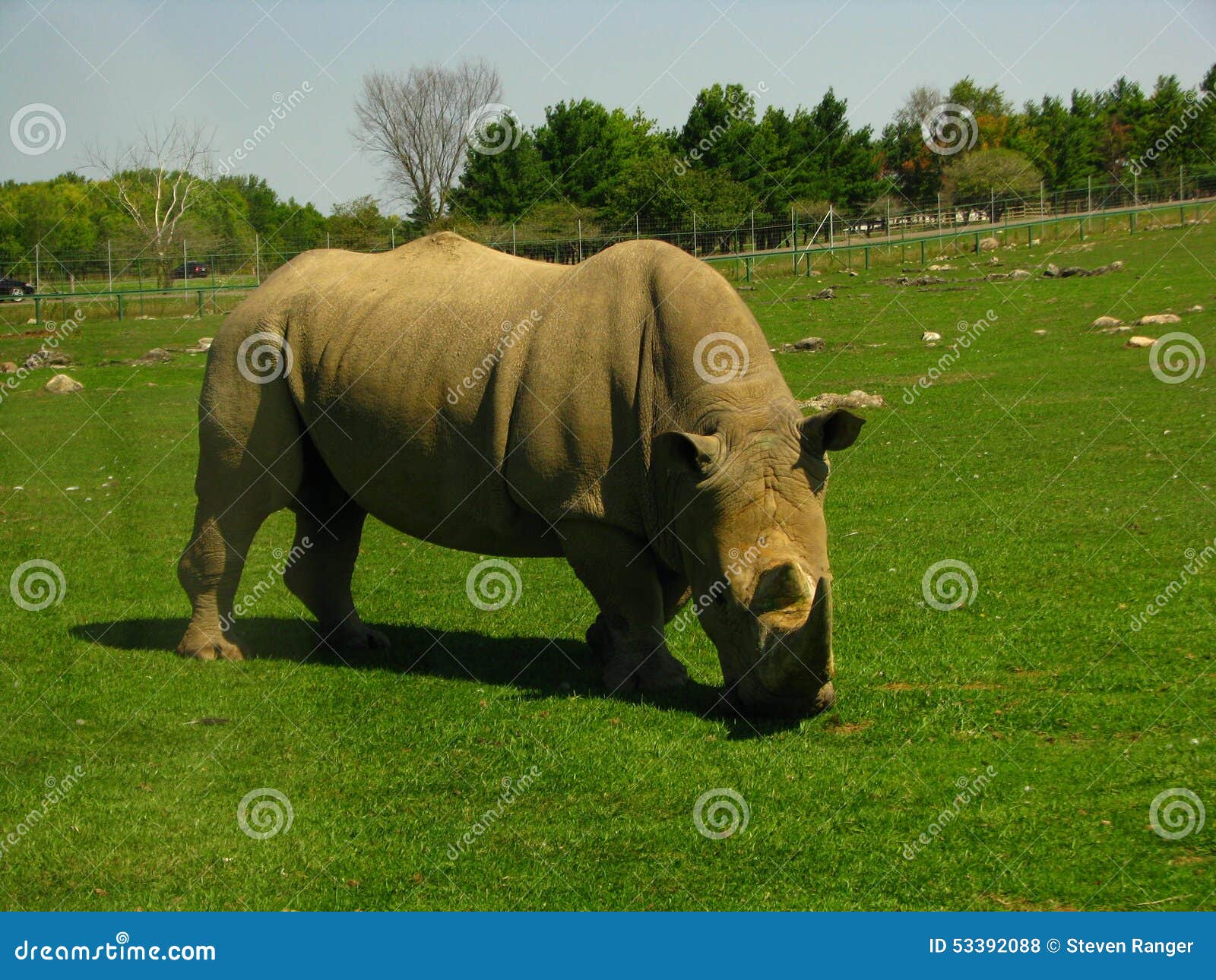
A wide-gauged sauropod, however, would have needed to drastically sway its body towards one side to achieve the same. An elephant only needs to shift its body mass slightly to one side in order to swing both legs of the other side forward together. The tracks we studied are especially broad (or wide-gauged), with left and right tracks spaced well apart from each other.Įlephants, in contrast, set one foot almost in front of the other, forming a narrow path. How can this difference be explained? Well, Cretaceous sauropods do differ from elephants in one important aspect-they are much wider. So, to our surprise sauropods did the opposite of what we see in elephants. Miller Artist Galleries / Folk, Self-Taught Art / Dinosaur and Rhino. The extreme in this gait is called a trot (the diagonal pair moves exactly in sync). Our new method, however, indicates that all three sauropods we studied via tracks had walked in a diagonal couplets gait, where they move the limbs of the opposite body-side together. They therefore fall in between the pace gait (the extreme of a lateral couplets gait where hind and fore limb of one body side move exactly in sync) and the singlefoot gait (where the time lag between all limb movements is exactly equal). But we expected that sauropod gaits would resemble those of elephants, as they are the largest land animals alive today.Įlephants employ lateral couplets gaits-they tend to move the fore and hind limb of the same body-side together, like in the animation below. Previous studies suggested that sauropods might have walked in a pace gait (similar to a camel) or a singlefoot walk (similar to a slow moving horse). The lateral couplets gait, seen in animals such as elephants. Unfortunately it could not be accurately estimated from tracks so we were left with too many unknowns. This means that to identify gait from the tracks we would need to know the trunk length of the animal (distance from hip to shoulder). But until now, extracting gait information about extinct dinosaurs from these footprints has proved difficult.Ī 2016 study demonstrated that two animals of different sizes and using different gaits could produce identical track patterns.

So reconstructing gaits based on fossilized bones can only indirectly provide clues, and are far from conclusive.Īs it happens, there is another type of fossil that records the activity of an animal when it was alive, and they are known as fossil trackways. The problem is that skeletons are the remains of deceased animals and don't preserve motion. Those questions have not been easy to answer. These epic reptilian-like beasts inspired legendary characters like Godzilla and the much-loved Jurassic Park movie. How did these giants move? What role did efficiency and stability play during their locomotion? We are particularly interested in the giant long-necked sauropod dinosaurs, which include the largest animals that walked the earth, including such famous species as Diplodocus, Brontosaurus and Brachiosaurus.


 0 kommentar(er)
0 kommentar(er)
